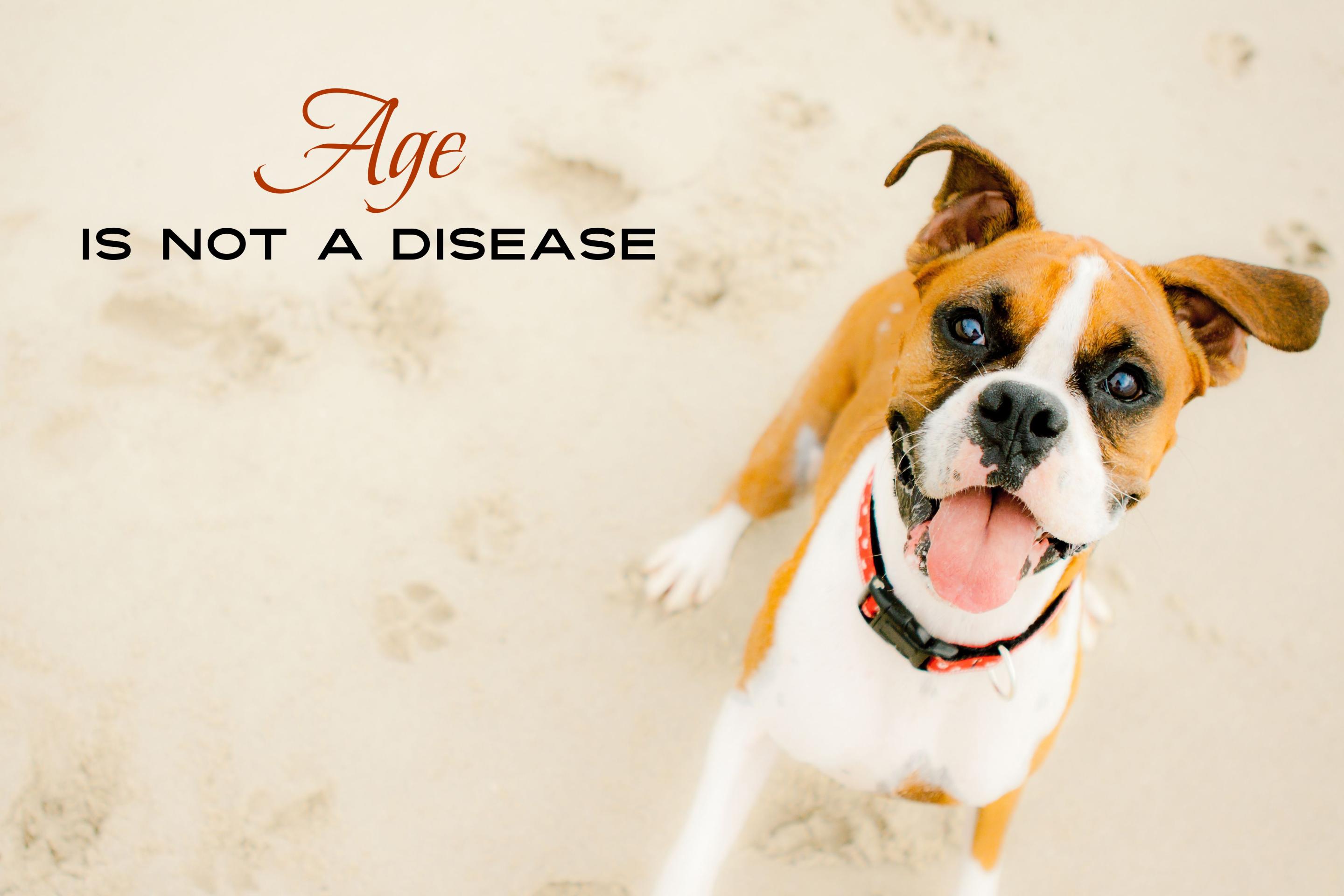
As our beloved dogs and cats grow older, it’s natural to see some changes in their behavior or energy levels. Maybe your dog hesitates to jump into the car, or your cat no longer leaps onto the windowsill like they used to. It’s easy to chalk these signs up to “just getting old,” but in many cases, that assumption could be masking something more serious: pain caused by arthritis.
Age is not a disease. If a pet is “acting old,” it can be a sign of pain.
Arthritis is one of the most common conditions affecting senior pets, yet it often goes undiagnosed and untreated. That’s because the signs can be subtle—reduced activity, stiffness, reluctance to play, or even changes in personality. These behaviors are frequently mistaken for the natural aging process, when in reality, they may indicate that your pet is uncomfortable or even in chronic pain.
What is Arthritis?
Arthritis, or osteoarthritis (OA), is a degenerative joint disease that leads to inflammation, pain, and stiffness. It can affect pets of any age but is especially common in older animals. Over time, the cartilage that cushions the joints wears down, leading to bone-on-bone contact, which causes discomfort and reduces mobility.
In dogs, arthritis often affects the hips, elbows, knees, and spine. In cats, it may be even harder to notice, as they are masters at hiding pain. However, subtle signs like decreased grooming, reluctance to climb stairs or furniture, or urinating outside the litter box can all point to arthritic pain.
Early Detection Matters
Since pets can’t tell us when something hurts, it’s important for owners to be proactive. Watch for these common signs of arthritis:
- Limping or favoring one leg
- Difficulty rising from rest
- Decreased interest in playing or walking
- Irritability when touched
- Licking or chewing at joints
- Behavioral changes like increased isolation
If you notice any of these symptoms, don’t assume it’s just part of aging—schedule a veterinary exam. The earlier arthritis is detected, the more options we have to manage it and keep your pet comfortable.
Management and Treatment Options
While arthritis is not curable, it is manageable. Treatment plans are tailored to the individual pet and may include:
- Pain medications and anti-inflammatories
- Joint supplements (like glucosamine and chondroitin)
- Weight management to reduce stress on joints
- Physical therapy or laser therapy
- Comfortable bedding and home modifications
- Special diets to support joint health
The goal is always to improve quality of life—and often, with proper care, we can restore a surprising amount of energy and mobility.
Don’t Let Pain Go Unnoticed
Our pets rely on us to be their voice. Remember: slowing down is not a personality change—it could be a cry for help. By recognizing the signs and seeking treatment, you can help your furry friend live a happier, more active life, no matter their age.
Age is not a disease. If your pet is “acting old,” let us help you find out why.



